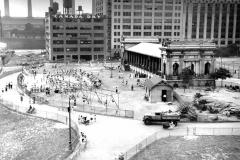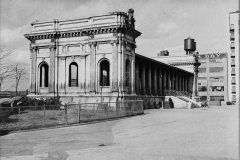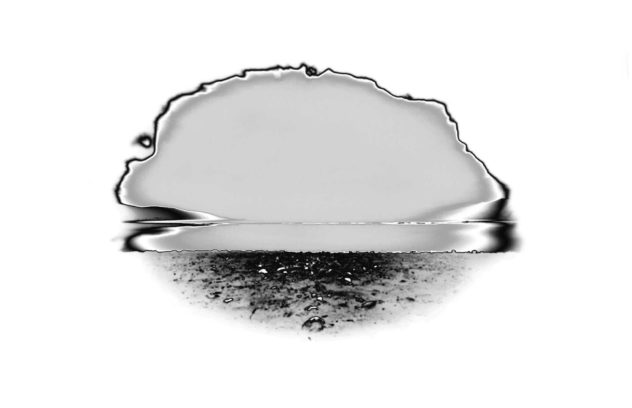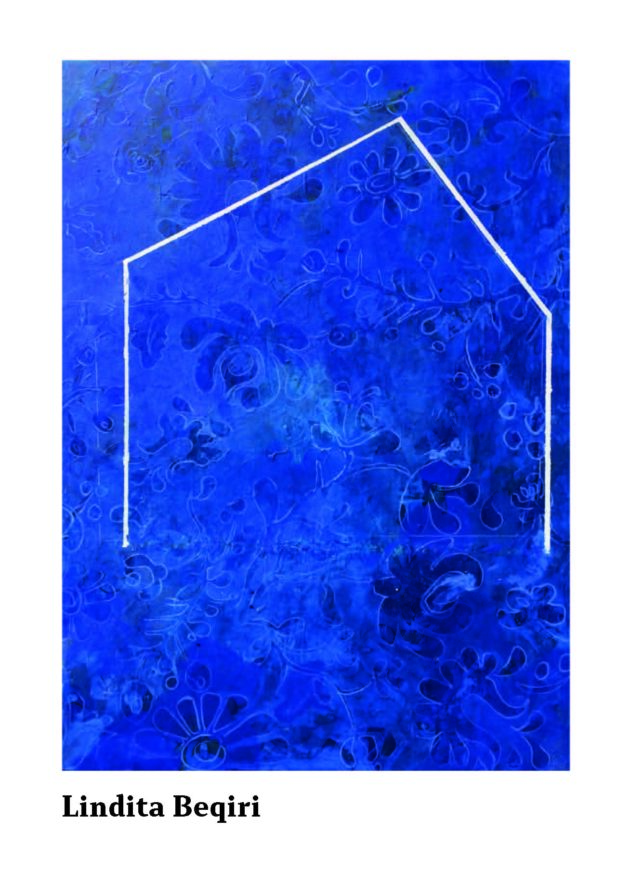Honor the Past | Envision the Future
The Hell’s Kitchen neighborhood is steeped in history, culture and community. At the turn of the 20thcentury, DeWitt Clinton Park was built, spanning from what is now 11thAvenue all the way to the Hudson River. Over the past one hundred and twenty years, DeWitt Clinton Park has undergone remarkable transformations, reflecting the constant change of its surrounding community. Just like the community, its heritage and history remain an important presence in today’s bustling West Side.
The park’s history begins when the City of New York purchased a 7.4 acre swath of farmland in the 1890’s – which included the Striker and Hopper farms and the Mott Homestead – and transformed it into an incredible public park and city amenity. The original park had a bathing pavilion, running track, playgrounds, the city’s first children’s farm garden, and sweeping views of the Hudson River.
Since its inception, DeWitt Clinton Park has gone through periods of decline and investment – the construction of the Westside Highway removed a large portion of the park in 1932. The addition of the New York Passenger Ship Terminal on the Hudson River in 1935 further cut off the park from the waterfront. And a period of disinvestment in the city’s public spaces overall throughout the 1980’s and 1990’s ushered in an era of decline in the upkeep of the park.
Time and time again, the Hell’s Kitchen/Clinton community has come together to advocate for the neighborhood’s largest public space. Each time the changes have reinvigorated the beloved park – with the addition of baseball fields, basketball and handball courts, a renovated children’s playground, a dog run, and a border of lush gardens, the park has much to offer.
The neighborhood surrounding the park continues to change; yet the park remains an important anchor in the community. As we move forward, we must value Dewitt Clinton Park’s dynamic history and creatively envision its next phase.
—-
This exhibition showcases Dewitt Clinton Park’s long history, bringing to life the people and the park that have brought such vitality to the area for over a hundred years. From its early days as a children’s garden to the transformations of its various sports fields and the surrounding streets, these incredible photographs transport us through the decades.
The exhibit complements an ongoing process to create a DeWitt Clinton Park Community Vision. By collecting input from all corners of the neighborhood — dog walking residents to playground users, local vendors, community organizations and longtime residents – the project ensures that there is a well representative community vision moving into the future. At the end of this process, the community will have a cohesive report that compiles all insights from across the neighborhood to use in advocating for funding and park improvements.
This historical gallery provides inspiration, honoring the past as the community envisions the future of the park. The exhibit is a collaboration between Clinton Housing Development Company (CHDC) and Hell’s Kitchen Generations with coordination assistance by Design Wild and Gallery MC. Exhibit and all photographs are generously provided by Hell’s Kitchens Generations members.
Clinton Housing Development Company has been an anchor in Hell’s Kitchen and Chelsea for over 40 years. CHDC builds community by preserving and creating high quality, permanently affordable housing in the Clinton/Hell’s Kitchen and Chelsea neighborhoods on the West Side of Manhattan. It integrates community, cultural and green spaces into developments and provides consulting services for larger community initiatives.
Hell’s Kitchen Generations is a group of individuals born and raised in Hell’s Kitchen whose families have lived here for at least two generations. The group works to educate the community, and preserve the history and culture of Hell’s Kitchen through story sharing, video presentation, photo exhibits, neighborhood projects, and activism.
Gallery MC Organization headed by Natasa Simovska Poposki




